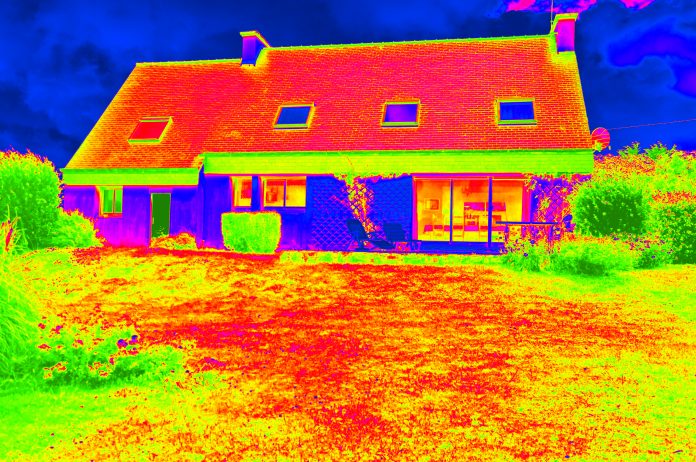Analysis by Outra has shown that over 19m homes in the UK have an EPC rating of D or lower and that retrofitting UK homes could cost up to £156bn
Retrofitting UK homes could cost up to £156,045,100,290 as data shows millions of households will not meet future energy performance regulations.
Data science company Outra has found that over 6 in 10 homes across the UK (excluding Northern Ireland) are rated EPC D or below. Upgrading these homes to a minimum of EPC C would cost over £156bn.
Higher energy efficiency will reduce household bills
The UK has the oldest housing stock in Europe, with almost 38% of homes being built prior to 1946.
This means that many homes will need drastic upgrading to meet anticipated future regulatory changes. A home with a higher EPC rating is likely to be better insulated and efficient which will reduce energy usage and keep bills down.
But there are concerns over the cost of retrofitting UK homes
Of the £156bn to upgrade energy-inefficient homes to EPC C, Outra estimates almost 80% (79.85%) of the tab would be picked up by owner-occupiers. The already stretched social housing sector faces a bill of almost £12bn.
Community Action on Fuel Poverty estimates that there are 4.5m households in fuel poverty, with areas such as the North West and Wales most severely affected. The cost of retrofitting UK homes could push many deeper into fuel poverty or debt without some form of intervention, such as the ECO+ scheme.
Research carried out by the Department for Levelling Up, Housing and Communities puts the average cost to upgrade each tenure type to an EPC C at:
- £7,646 for privately rented
- £5,979 for socially rented
- £8,579 for owner occupiers
Outra estimated costs to upgrade each tenure to EPC C:
| Tenure type | Number of properties EPC D or below | Cost to upgrade all to an EPCC |
| Privately rented | 2,547,100 | £19,475,126,600 |
| Socially rented | 1,999,353 | £11,954,131,587 |
| Owner-occupied | 14,525,683 | £124,615,834,457 |
| Total | 19,072,136 | £156,045,092,644 |
Regional breakdown
| Region | Total number of households | Number of households rated EPC D or below | Percentage |
| Yorkshire & the Humber | 2,275,275 | 1,576,631 | 69.29% |
| West Midlands | 2,468,373 | 1,707,033 | 69.16% |
| Wales | 1,483,081 | 1,010,346 | 68.12% |
| North West | 3,543,402 | 2,378,572 | 67.13% |
| East Midlands | 2,789,889 | 1,852,428 | 66.40% |
| North East | 1,282,142 | 836,424 | 65.24% |
| South West | 2,536,506 | 1,642,174 | 64.74% |
| East of England | 2,438,944 | 1,560,931 | 64.00% |
| South East | 3,746,963 | 2,375,187 | 63.39% |
| London | 4,454,638 | 2,709,951 | 60.83% |
| Scotland | 2,727,225 | 1,422,459
|
52.16% |
| Total | 29,746,438 | 19,072,136 | 64.59% |
The government has made some provisions for retrofitting bills
On Tuesday 28th November, the Government announced its latest scheme to help households reduce their energy bills with its £1bn ECO+ scheme with the aim of retrofitting energy-inefficient homes.
Around 80% of the ECO+ funding will be available for households with an EPC rating of D or below and in the lower Council Tax bands.
Around a fifth of the fund will also be targeted to the most vulnerable, including those on benefits or fuel poverty.
Proposed regulations suggest all new tenancies have an EPC rating of C from December 2025, with the new regulations kicking in for existing tenancies from December 2028. The regulations also propose to ensure that all domestic properties achieve at least EPC Band C by 2035.













![[VIDEO] GBC network calls for boldness at COP29 Baku, Azerbaijan, where COP29 will take place and where the GBC Network have deirected their message](https://www.pbctoday.co.uk/news/wp-content/uploads/2024/11/iStock-513054348-1-218x150.jpg)
